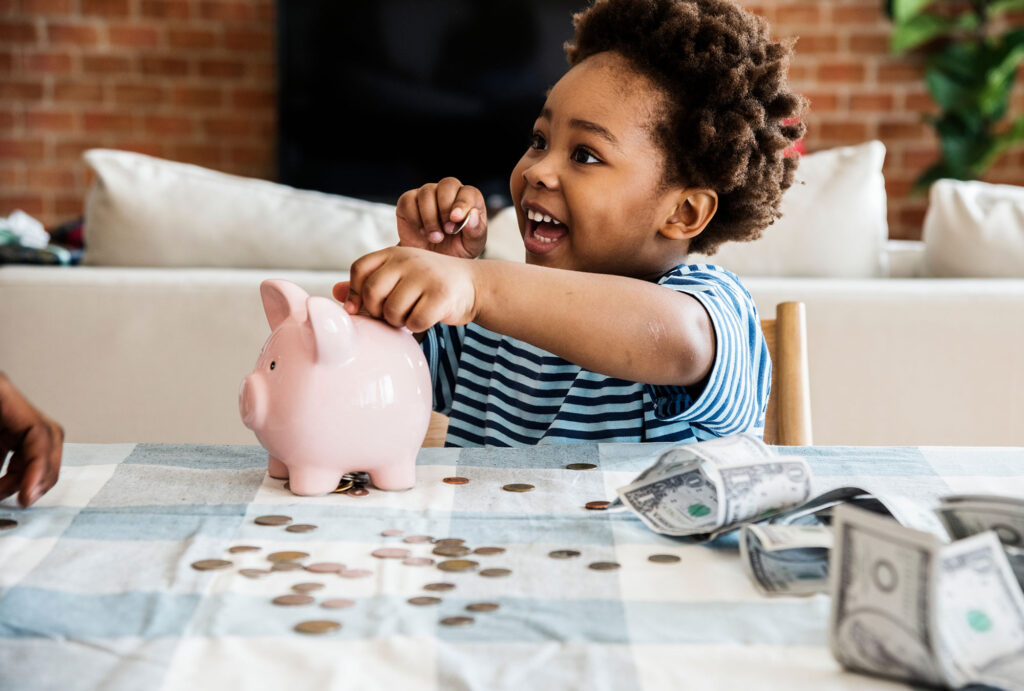Teaching kids about money
Set kids up to win at managing money
Financial education has been part of the national curriculum in secondary schools for several years now – but is not compulsory for primary schools.
However, children are capable of and can benefit from learning about needs and wants, saving, delayed gratification, and choices by the age of seven, according to a report.1 Exposure to, and experience of, money and calculations from a young age is also important, said the Money Advice Service study. Campaigners want to see more personal finance taught through the curriculum from a much younger age. Until this happens it’s up to parents to teach children about the value of money, the concept of saving and eventually investing. Here are the ways you can help the youngest members of the family learn about money matters.
Talk openly
Making money a regular topic of discussion is a key step no matter how old your children are. It’s best to start young so it becomes second nature rather than a scary or taboo subject.
Explain where money comes from
It’s natural for children to think that money grows on trees, so explain that you have earned it by working. Offer pocket money in exchange for simple chores, like tidying their bedroom, to show that nothing comes for free.
Make it fun
Lessons in finance can educate and entertain them whatever their age. Help younger children play shop by gathering toys and making price labels. Give them a purse full of coins and you’re ready. For older kids, motivate them to identify unwanted toys, books and games by promising them the proceeds from listing stuff on eBay or other selling sites.

Spend pocket money wisely
Get involved with how they want to spend their pocket money. If they want something more expensive than what they have, help them with how to save for it. For little ones, using a clear money box or jam jar can help them see their savings grow. You might even have more than one box or jar with one for their own spending, but another for buying gifts for family and even a charity one.
For older ones they might be more inclined to save by smartphone using an app for kids. Lots of such apps can arrange regular pocket money transfer, set savings goal, list chores and give them ways to earn extra.
You might consider getting a debit card with parental controls, so your children can learn how to spend money safely on plastic.
Allow them to make decisions
Once children have their own money, let them decide how to spend it. If they buy a game and then later don’t have enough to get some sweet treats, they’ll soon realise that they can’t have everything and that it’s important to prioritise.
Get them involved in household spend
Explain all the different things that cost money to run a home, and how you use your earnings to pay the bills. Get them involved in the supermarket shop to help them build an appreciation of the cost of everyday items. If you shop online you can set a budget and they can keep track of the bill as you add items together.

Find a home for their savings together
Once your child can understand the concept of saving with a bank, choose an account together. Whether it’s a standard savings account or Junior ISA, going through the research process with them is a brilliant way to help children understand saving and develop early saving habits. Explain why you have chosen a certain account and this will start to introduce (older) children to savings terms, tax and interest rates.





